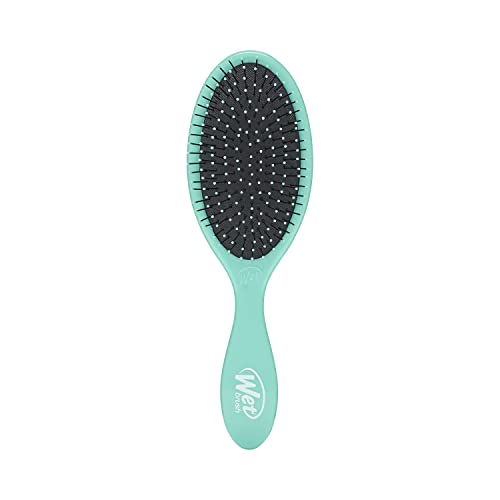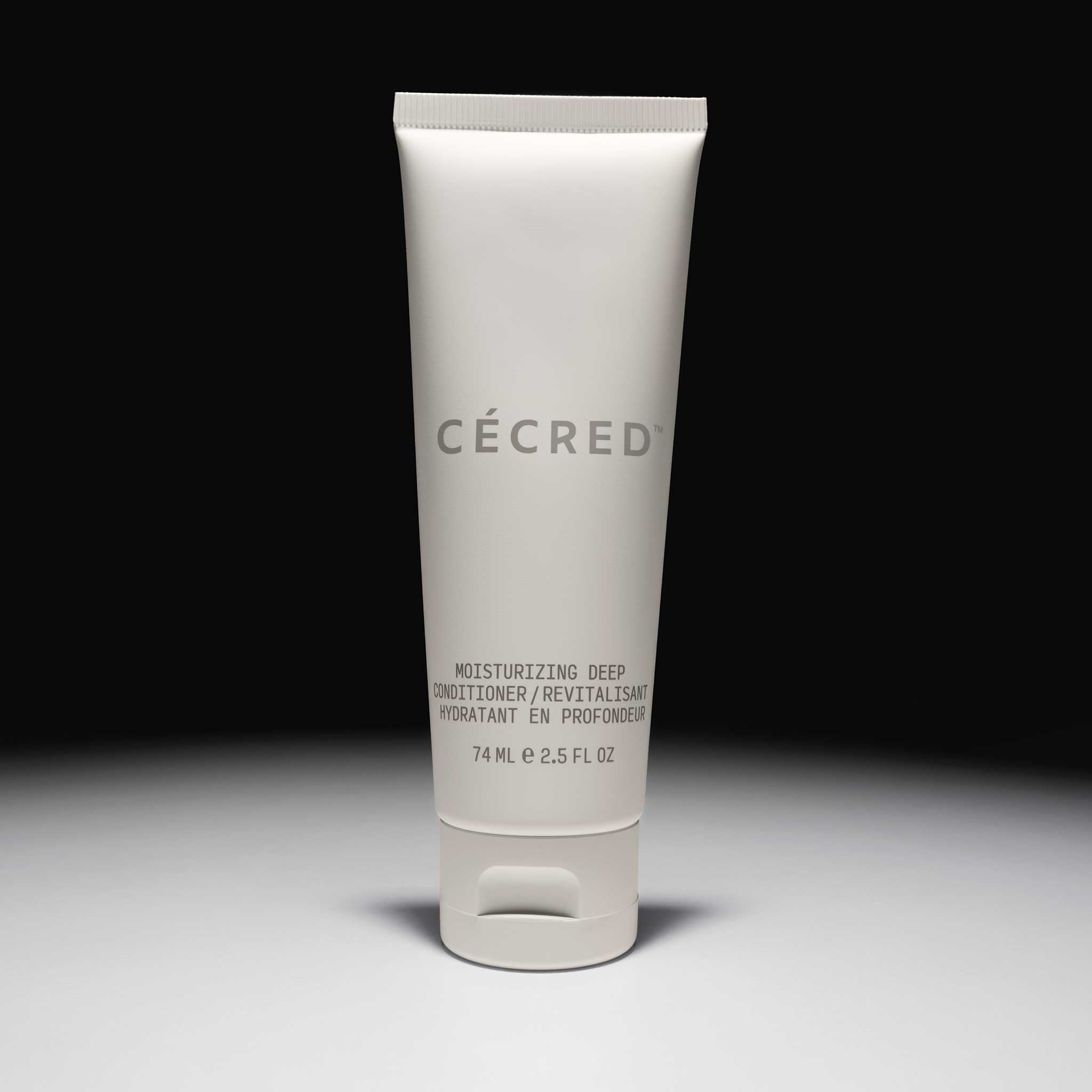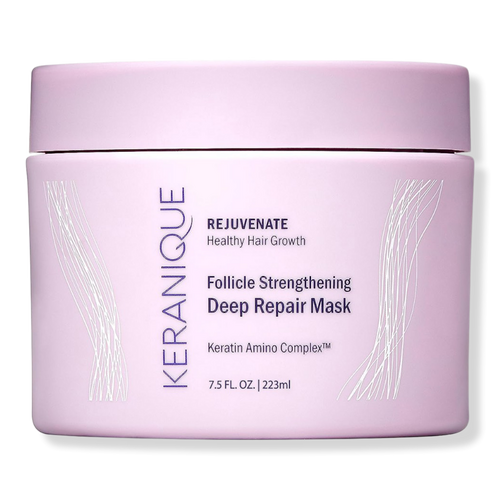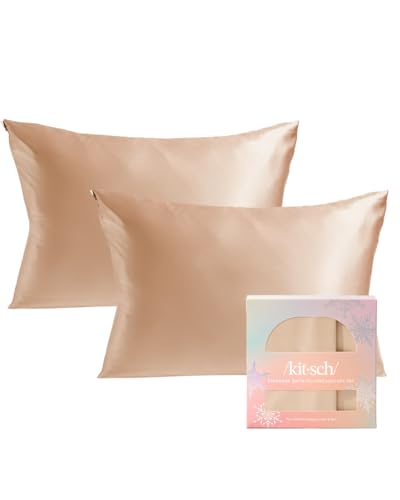How to Avoid Single-Strand Fairy Knots, According to Hairstylists
Stubborn knots, be gone!
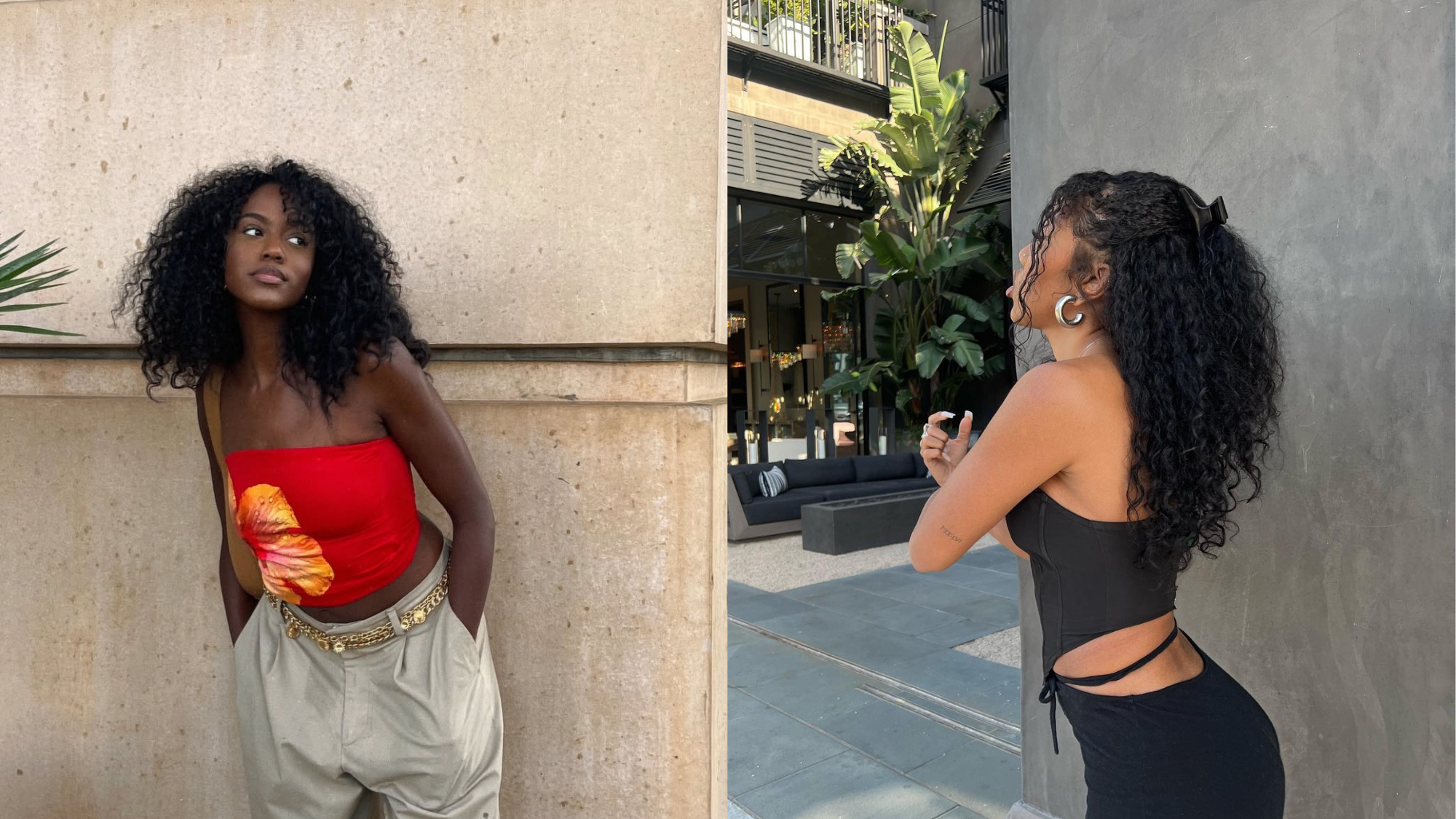

Picture this: You're in the shower, going through your hair routine, and as you glide your favorite paddle brush through your hair, you feel something catch. You investigate, and to no surprise, you find a knot that sits on just one strand of hair. Then, of course, comes the all too familiar moment of contemplation. If you ignore the knot, will it get bigger? Should you cut the knot out with scissors? Is it even possible to undo a knot this small?
This reoccurring inner dialogue is something that is super common for those who experience what hairstylist refer to as single-strand knots, also known as fairy knots. "Fairy knots might seem small, but their impact can be big," says Stephanie Hinkle, a textured hairstylist and Keranique partner. "These tiny, tangled loops create a knot that’s tough to detangle and easy to overlook until it causes breakage."
While these might seem nearly impossible to manage given how small they are and how many might show up in your hair, there are ways to prevent getting these knots and get rid of them (but more on that in a bit). First, it's important to get a good understanding of what these knots are and why they even happen.
Fortunately, Who What Wear chatted with two leading hairstylists who were willing to spill all the details on how to manage these pesky knots like a pro. Read on for the full scoop.
What Causes Fairy Knots?
If you experience fairy knots, odds are you've asked yourself how it's even possible for something that small to be created. Given the causes, though, it's actually easier than you think. "Fairy knots form when a single strand of hair loops around itself and creates a tiny, tight knot," says hairstylist and licensed cosmetologist Ebony Gordon. "This usually happens when the hair isn’t properly moisturized or detangled, causing strands to catch on themselves or each other."
On top of dry hair, fairy knots can also come from friction on pillowcases, towels, and frequent manipulation. Hinkle adds that shrinkage, skipping protective styles, and a lack of "slip" when using conditioners and detanglers can also encourage single-strand knots to form.
Who is Prone to Fairy Knots?
Fairy knots are typically experienced by those with textured hair (think 3b to 4c types with fine strands and high shrinkage). This is because this kind of hair "bends and curves per inch, increasing the likelihood of loops," says Hinkle. "High porosity or chemically-treated hair tends to absorb and lose moisture quickly, making it more fragile and prone to tangling." Contributing to that general dryness is the lack of natural oil from the scalp, as the oil has a harder time traveling down the hair shaft, meaning ends are dry and more vulnerable to knots.
How to Avoid Fairy Knots
Considering the way single-strand knots form and how frequently they may show up throughout your hair, it's not likely you'll be able to avoid them completely. That said, there are a few ways to reduce how often they show up.
For starters, hydration is key. That means keeping products like conditioners, detangling solutions, leave-in conditioners, and hair masks in your regimen is a must. Hinkle notes that you should never try to detangle your hair while it's dry, and it should always be conditioned and sectioned beforehand. You'll also want to regularly schedule trims with your stylist every eight to 10 months, according to Gordon. This will reduce split, dry, and rough ends that are sometimes responsible for the knots.
As for styling and post-wash care, Gordon suggests wearing low-manipulation or stretched styles like twist-outs, braid-outs, or low buns to "keep the hair stretched and reduce shrinkage, which in turn lowers the chances of single strand knots forming," she says. Wearing these styles to bed can also reduce friction when paired with satin bonnet or silk pillowcase.
How to Get Rid of Fairy Knots
Consider Scheduling a Trim
Odds are you have a pair of hair-cutting scissors at home, but unless they're salon quality and you have experience, it's best to leave the seek and destroy method to your hairstylist. "Cutting [the knots out] at home without the right technique can lead to uneven ends or accidentally removing more length than necessary, which may affect the shape or health of the hair," says Gordon. Allowing your stylist to take the reins here will ensure that you're getting a clean and even cut that won't compromise your hair health in the long run.
Try Detangling the Knots
In most instances, single-strand knots are pretty much impossible to detangle due to their size and tightness. That said, Hinkle notes it's not entirely impossible if you're able to catch them early enough and soften them with conditioner. "Once they tighten, especially at the ends, they’re better off trimmed to avoid split ends or breakage traveling up the hair shaft," she says. "Instead of ripping or tearing them off, saturate your hair with conditioner and use your fingers to gently work around the knot." If it doesn't budge, leave it to your hairstylist.
Hydrate and Detangle Consistently
While this is already required to avoid getting these kinds of knots, you should be prioritizing moisture all the time. In fact, being prone to single-strand knots, if anything, is an indication that your hair needs moisture even more. "Use a moisturizing, slip-heavy leave-in conditioner to soften the hair and reduce tangling," says Gordon. "Then, detangle gently from ends to root while hair is damp."
When detangling, Hinkle recommends combing through your hair gently using your fingers and a conditioner before going in with a detangling brush or wide-tooth comb at the end. She also suggests incorporating deep conditioning treatments regularly for an extra boost of moisture.
Try Styles That Stretch Your Hair
Since shrinkage plays a part in the creation of fairy knots, opting for hairstyles that keep your coily or curly hair elongated can reduce knotting. Some of Hinkle's recommended styles include Bantu knots, twists, braids, heat-free banding, low-heat blow-drying with heat protectant, or African threading (which also promotes growth and length retention). Doing this while incorporating some of the preventative styling measures mentioned can be equally helpful.
Products Our Pros Love
Why Trust Who What Wear
Since 2006, Who What Wear has been a digital fashion, beauty, and lifestyle publication and community where people can discover the latest brands, trends, and must-have products to help define and evolve their personal style. Think of Who What Wear as your most trusted style and shopping resource.

Sabrina Talbert is a New York-based journalist with six years of experience covering lifestyle and wellness for print and digital publications. She is currently the Assistant Beauty Editor at Who What Wear and has bylines in Women’s Health, Byrdie, NYLON, The Daily Front Row, and more. She’s passionate about covering topics related to haircare, skincare, and the latest happenings at the intersection of beauty and sports. When she’s not writing or testing products, you can catch her running and binge-watching F1 or boxing.
